

The Key to Keeping Hydrangeas Fresh and Flowering
Summary
Reflection Questions
Journal Prompt
We adore hydrangeas for their vibrant blooms and lush foliage, but keeping them healthy and beautiful can be a challenge. Whether you’re nurturing them in your garden or arranging freshly cut stems in a vase, hydrangeas require specific care to thrive. In this guide, we’ll explore why hydrangeas can be so “persnickety” and provide practical tips to help you enjoy these stunning flowers for longer. By understanding and addressing their unique needs, you can cultivate healthy hydrangeas and maintain their beauty both outdoors and indoors.
Why Are Hydrangeas So Persnickety?
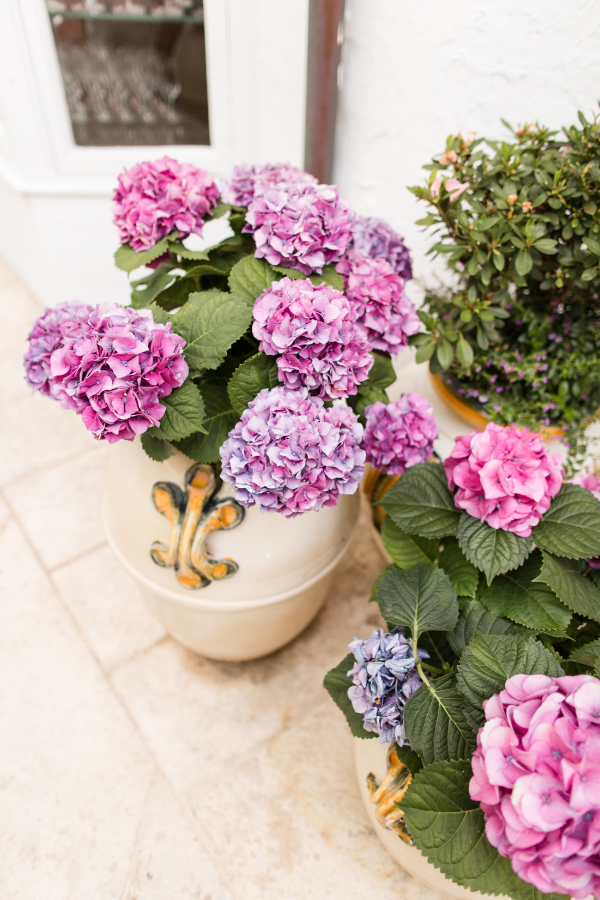

If you have ever tried to grow hydrangeas at home, you know how frustrating that endeavor can be. Even freshly cut hydrangeas seem to yellow and fade quickly. Hydrangeas can be perceived as “persnickety” or difficult to take care of due to several factors that affect their growth and health.
By understanding and addressing these factors, you can improve your success with growing and maintaining healthy hydrangeas. Let’s talk about why hydrangeas make difficult floral friends and how to address those pain points.
Sensitivity to Water
Hydrangeas need consistently moist soil but do not tolerate waterlogged conditions. Finding the right balance can be tricky, as they are quick to wilt if the soil dries out, especially during hot weather. Maintaining adequate moisture without overwatering requires careful attention to soil conditions and weather patterns. Using mulch can help retain soil moisture and regulate temperature, reducing the risk of both drought stress and root rot.
Soil and Nutrient Needs
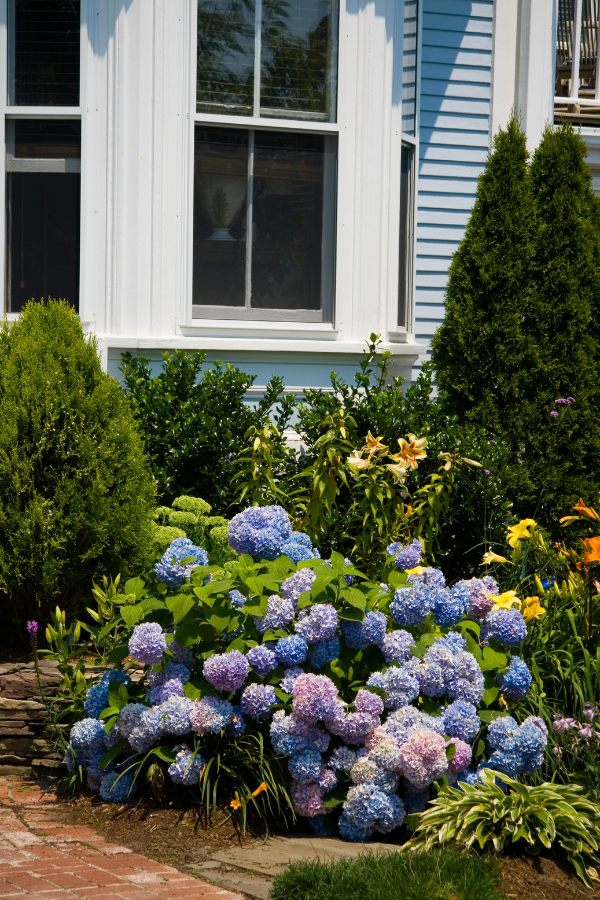

The color of hydrangea flowers can change based on soil pH, which requires careful monitoring and adjustment. Blue flowers need acidic soil, while pink flowers require alkaline soil. Gardeners often use soil amendments like aluminum sulfate for blue blooms or garden lime for pink blooms. This necessity for pH adjustment adds an extra layer of complexity to hydrangea care, requiring regular soil testing and appropriate amendments.
Hydrangeas benefit from specific fertilization practices, requiring a balanced approach to provide essential nutrients without over-fertilizing. Over-fertilizing can lead to lush foliage at the expense of blooms, so it’s important to use fertilizers formulated for hydrangeas and follow recommended application rates. Regular feeding during the growing season can support robust growth and abundant flowering, but restraint is key to avoiding nutrient imbalances.
Light Conditions
Hydrangeas prefer partial shade with morning sun and afternoon shade. This balance protects them from the scorching heat of midday sun, which can burn leaves and cause wilting. Conversely, too little light can reduce blooming, as hydrangeas need adequate sunlight to produce flowers. Finding the optimal location with filtered sunlight or dappled shade can enhance their growth and flowering potential.
Pruning and Maintenance
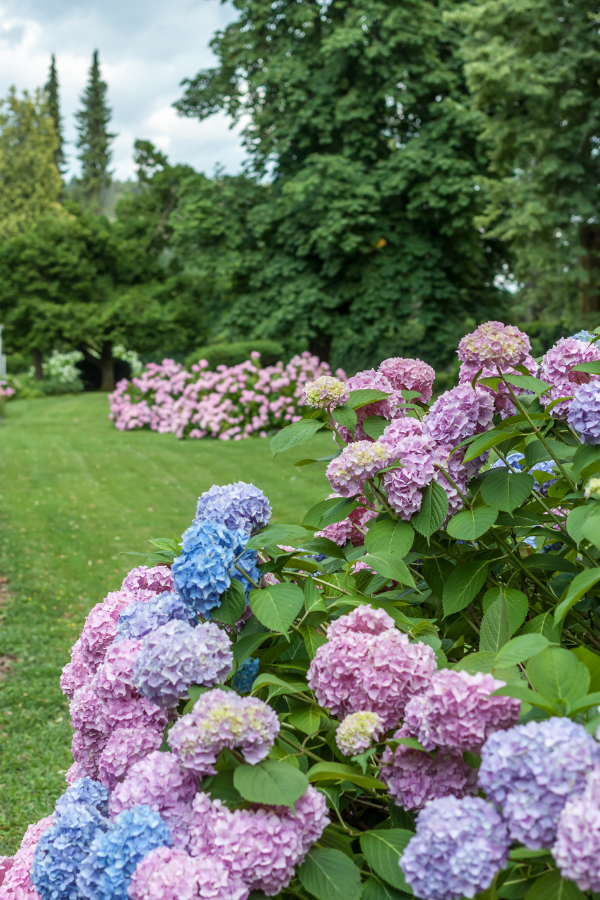

Different types of hydrangeas require different pruning methods, and incorrect pruning can result in fewer blooms. Some hydrangeas bloom on old wood, meaning they set buds on the previous year’s growth, while others bloom on new wood, producing flowers on the current year’s growth.
Understanding the specific needs of your hydrangea variety is crucial for effective pruning. Pruning at the wrong time can produce a disappointing display. However, gardening expert Rochelle Greayer warns hydrangea-growers not to be too cautious. How should we approach pruning? According to Greayer, “CUT THEM BACK HARD. Very hard.”
Pests and Diseases
Hydrangeas are prone to pests like aphids, spider mites, and diseases such as powdery mildew and leaf spot. Keeping them healthy requires vigilance and sometimes treatment. Regular inspection of the plants can help detect early signs of infestation or disease, allowing for prompt action.
Using organic or chemical treatments, as necessary, can protect the plants from severe damage, but prevention through good cultural practices is always the best strategy.
Transplant Shock
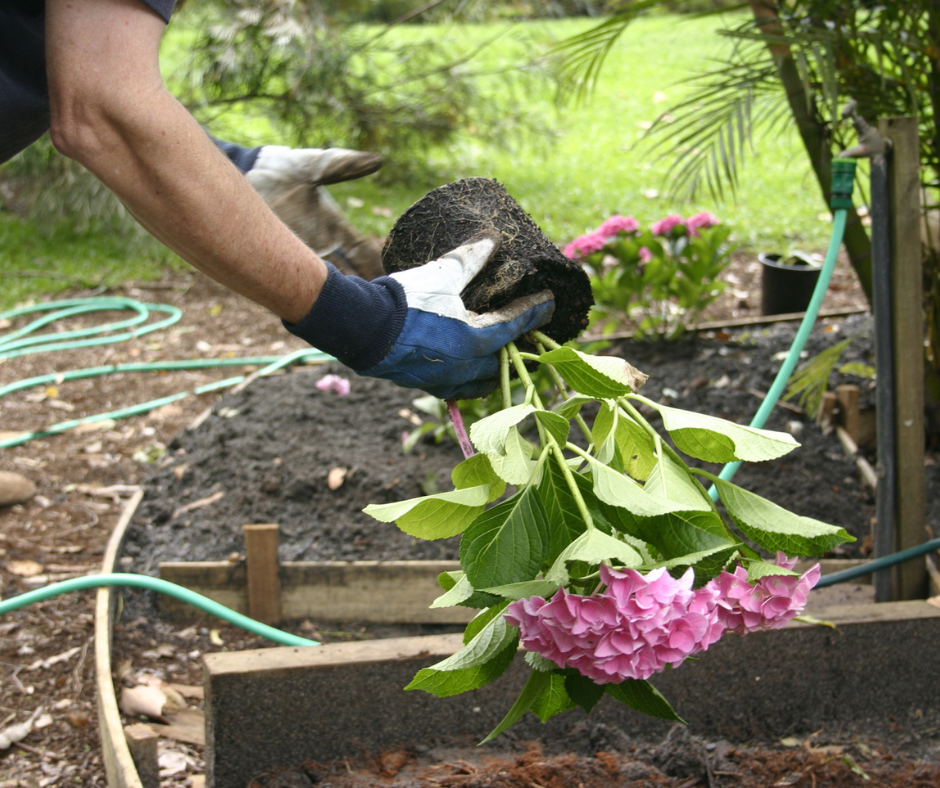

Hydrangeas can experience transplant shock when moved, leading to temporary wilting and slow recovery. They need time to establish their roots in a new location, and the stress of transplantation can set them back.
Ensuring proper planting techniques, such as keeping the root ball intact and watering thoroughly after transplanting, can help reduce shock. Gradually acclimating the plants to their new environment and minimizing disturbance can also aid in a smoother transition.
Environmental Stress
Hydrangeas can be sensitive to extreme temperatures, both hot and cold. Frost can damage buds, particularly for varieties that bloom on old wood, leading to reduced flowering. Heat can cause wilting and stress, especially if soil moisture is not maintained.
Providing adequate protection from harsh conditions, such as mulching for root insulation or using shade cloths during heatwaves, can mitigate environmental stress and support healthier plants.
Cut Flower Challenges
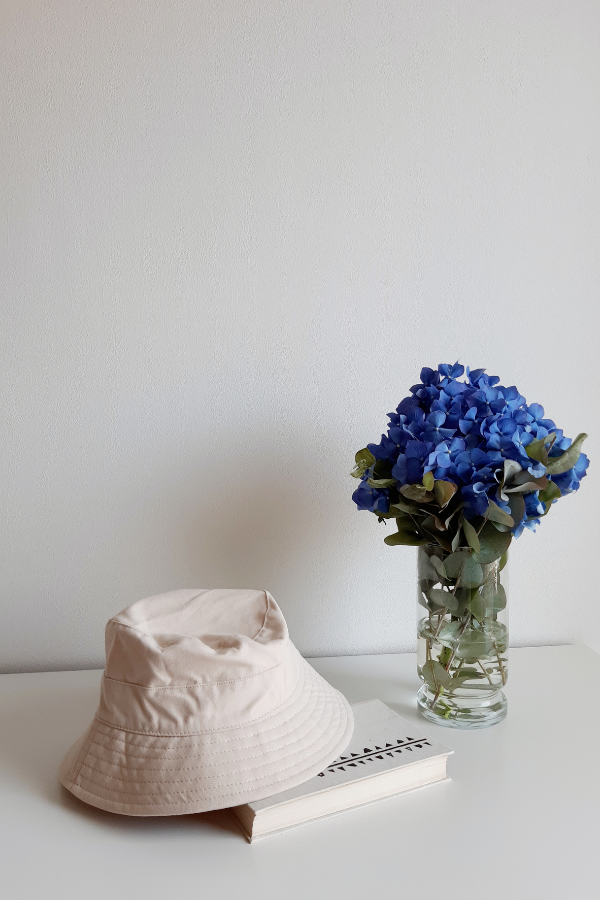

Once cut, hydrangeas can wilt quickly if not properly conditioned and hydrated, making them seem difficult to keep fresh. To extend their vase life, it’s important to cut the stems early in the morning, immediately place them in water, and remove any submerged leaves.
Using techniques like dipping stems in alum powder or boiling water for a few seconds can help prevent wilting. Regularly changing the vase water and adding floral preservatives can also maintain hydration and freshness.
Our Top Tips for Growing Hydrangeas in Your Garden
#1 Prime Real Estate: Choosing the Perfect Spot
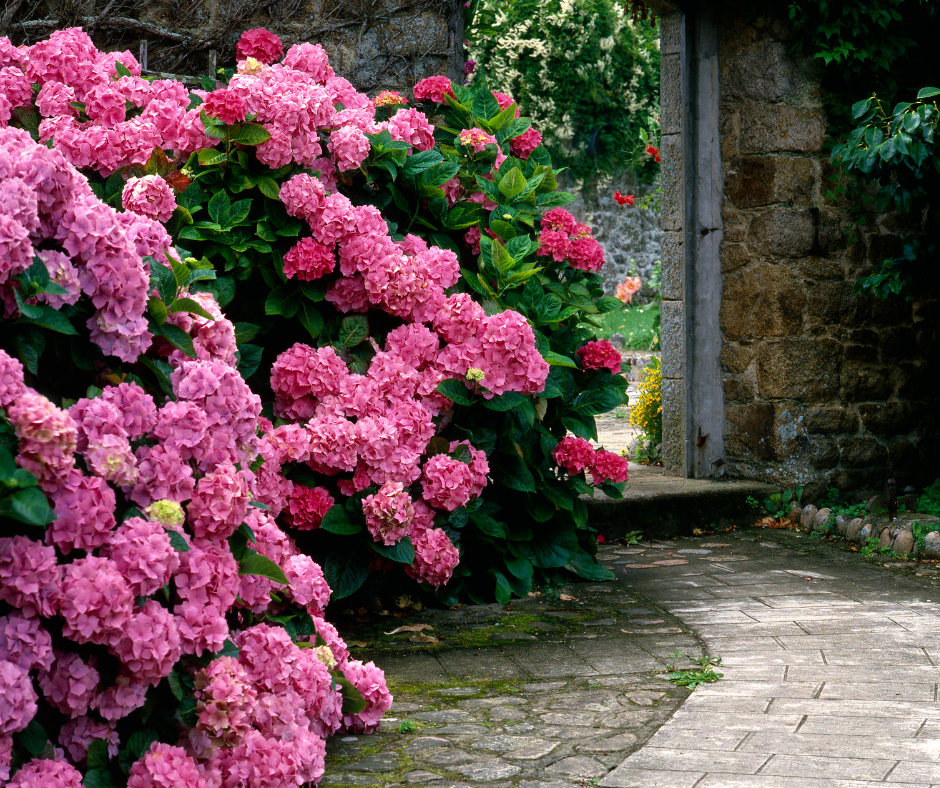

Hydrangeas thrive best in partial shade, benefiting from morning sun and afternoon shade. This exposure helps protect them from the harsh midday sun, which can scorch their leaves. Additionally, they require well-draining soil rich in organic matter to support healthy root development and prevent waterlogging, which can lead to root rot and other issues.
#2 Thirst Quenchers: Mastering the Art of Watering
Maintaining consistent soil moisture is crucial for hydrangeas. They need to be watered deeply about 1-2 times a week, with increased frequency during hot, dry periods to prevent wilting. Mulching around the base of the plants helps retain soil moisture and regulate temperature, providing a stable environment for growth.
#3 Plant Fuel: The Fertilizing Formula
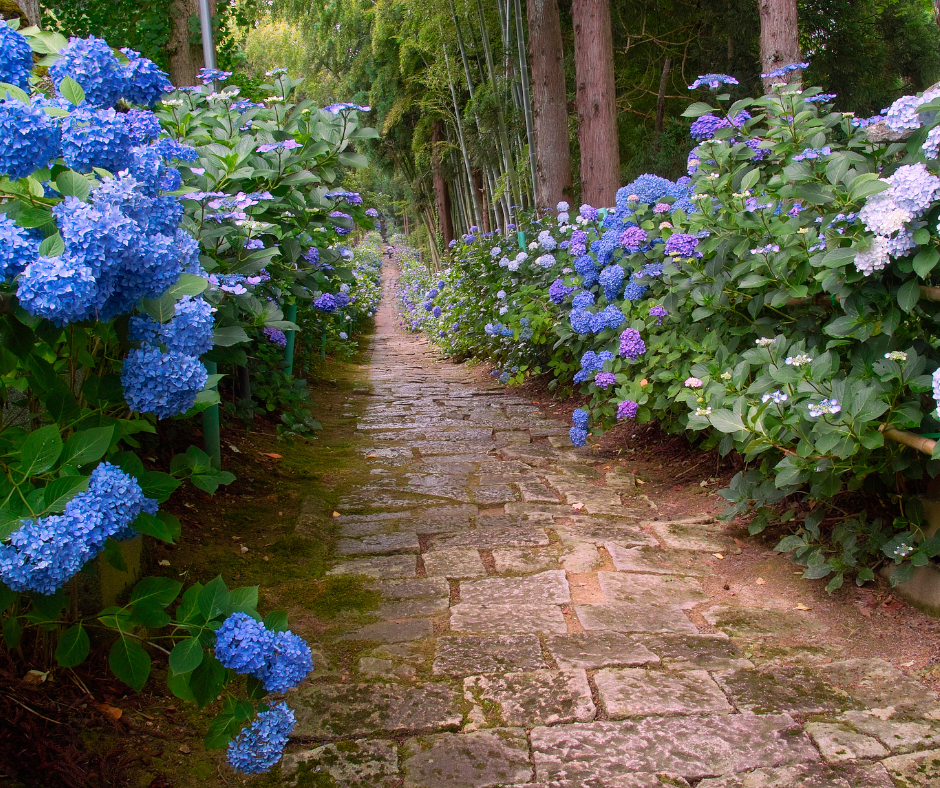

Hydrangeas benefit from fertilization in early spring and again in summer using a balanced, slow-release fertilizer. This practice supports robust growth and flowering. However, it’s important to avoid over-fertilizing, as this can result in excessive foliage growth at the expense of blooms, reducing the overall floral display.
Fuel your creative fire & be a part of a supportive community that values how you love to live.
subscribe to our newsletter
*please check your Spam folder for the latest DesignDash Magazine issue immediately after subscription


#4 Snip, Snip, Hooray!: Pruning for Perfection
Proper pruning is essential for maintaining healthy and blooming hydrangeas. For varieties that bloom on new wood, prune in late winter or early spring. For those that bloom on old wood, prune immediately after flowering. Removing dead or damaged branches and shaping the plant as needed promotes vigorous growth and an attractive form.
#5 Color Magic: Playing with Soil pH
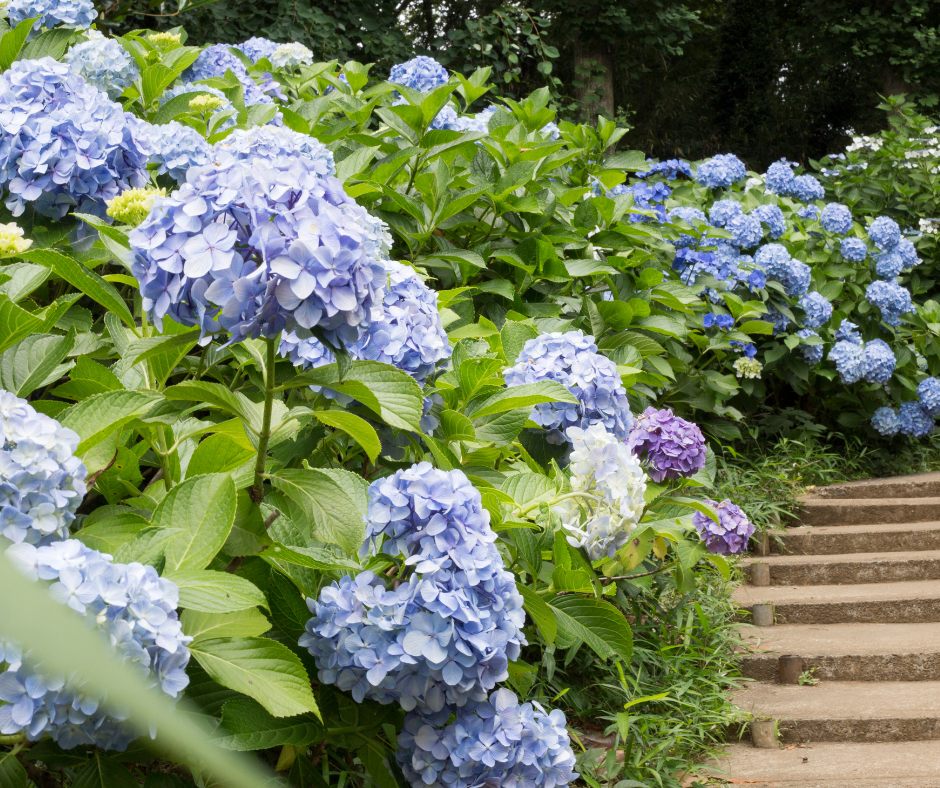

The color of hydrangea flowers can be influenced by the soil pH. Acidic soil, with a pH below 6, produces blue flowers, while alkaline soil, with a pH above 7, results in pink flowers. To achieve the desired bloom color, gardeners can adjust the soil pH by using aluminum sulfate for blue flowers or garden lime for pink flowers, ensuring the right chemical environment for the desired hue.
Our Top Tips for Keeping Cut Hydrangeas Fresh
#1 Cut Carefully for Longevity
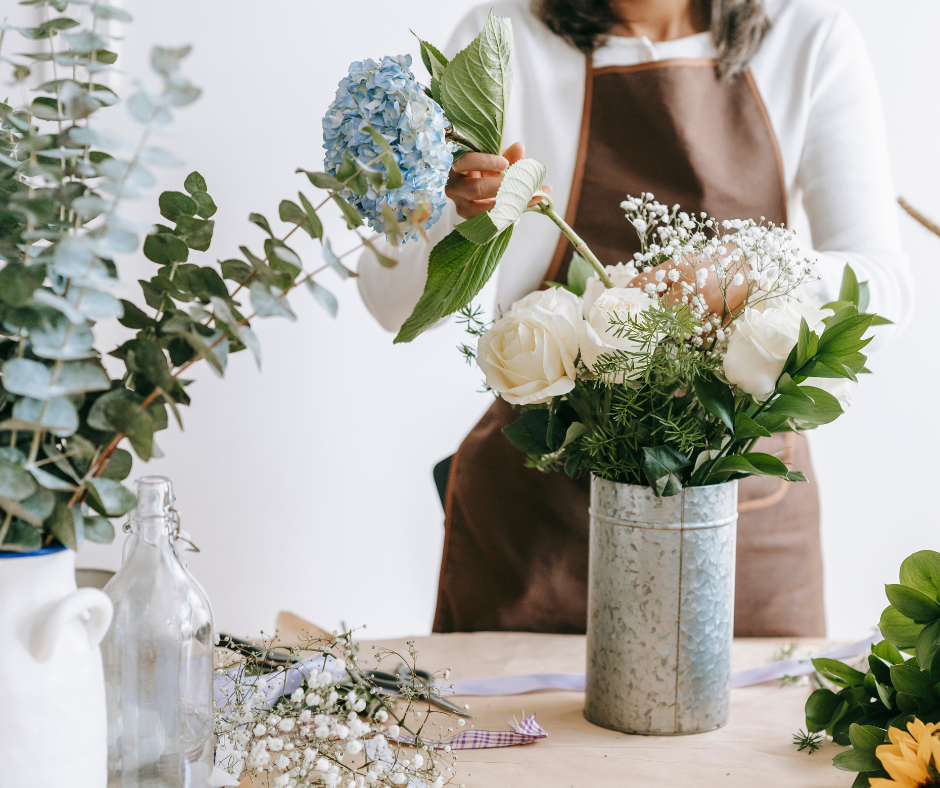

Cut hydrangeas early in the morning when they are fully hydrated. Use sharp, clean pruning shears to make a diagonal cut about 1-2 inches above a node (a pair of leaves). This ensures a clean cut and maximizes water uptake, helping the flowers stay fresh longer. Check out this guide for more information about how to cut flowers for lovely, long-lasting arrangements.
#2 Remember That Hydration is Key for Hydrangeas
Immediately place cut stems in water to prevent wilting. Remove any leaves that would be submerged in water to prevent bacterial growth. Keeping the stems hydrated from the start is crucial to maintaining their freshness.
#3 Give Those Blooms a Spa Treatment
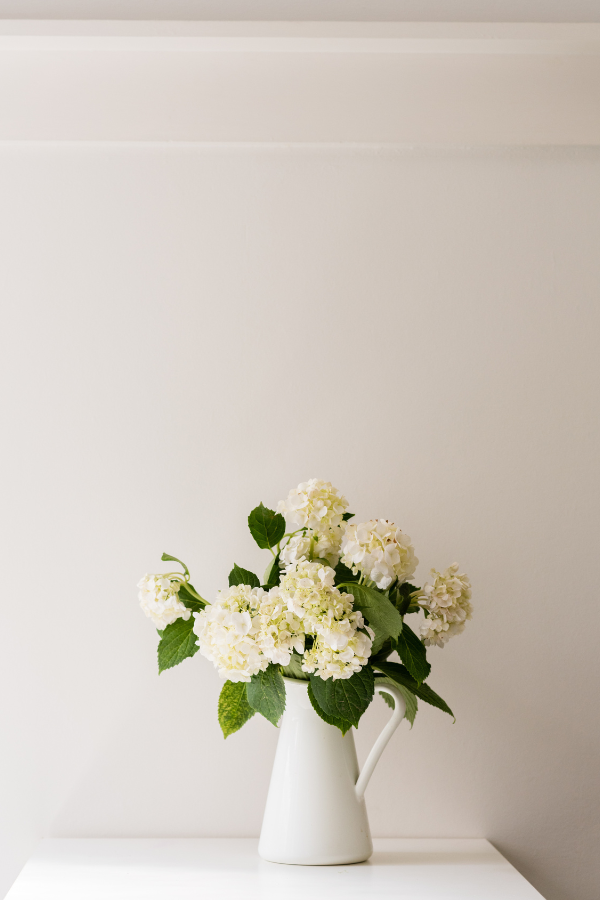

Dip the stem ends in alum powder to prevent wilting. Alternatively, dip the stems in boiling water for 30 seconds or use a commercial floral preservative. These techniques help condition the flowers and keep them looking vibrant.
#4 Perfect Your Vase Water
Use lukewarm water in the vase and change it every 2-3 days. Add a floral preservative to the water to nourish the flowers and inhibit bacterial growth. Clean water and nutrients are essential for prolonging the life of cut hydrangeas.
#5 Take Time to Find the Ideal Vase Placement
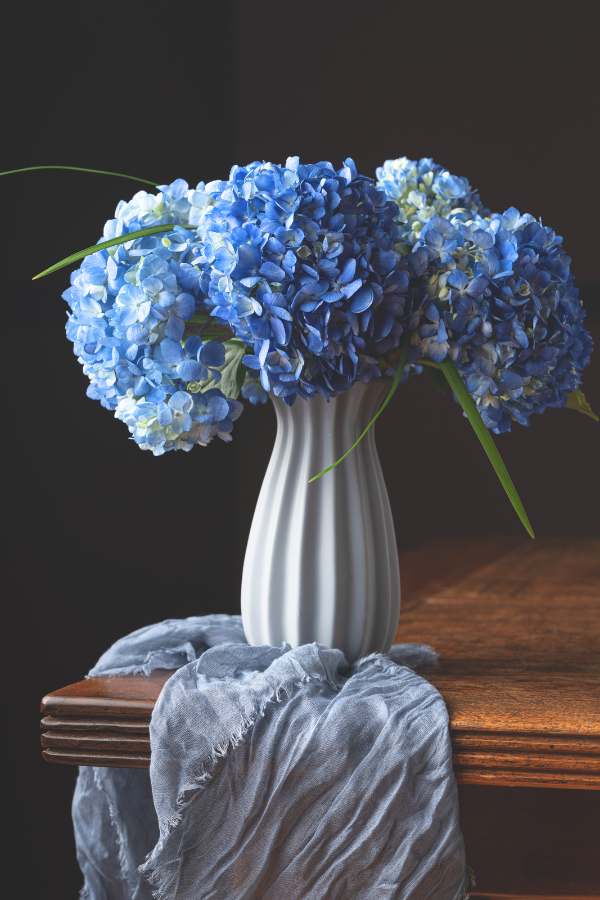

Keep the vase in a cool location, away from direct sunlight, drafts, and ripening fruits, which release ethylene gas that can shorten the lifespan of cut flowers. A stable, cool environment helps maintain the blooms’ vitality.
#6 Mist Your Flowers Daily
Mist the blooms daily with water to keep them hydrated and prevent them from drying out. This extra moisture helps the flowers retain their freshness and prolongs their beauty.
Final Thoughts on Enjoying Hydrangeas
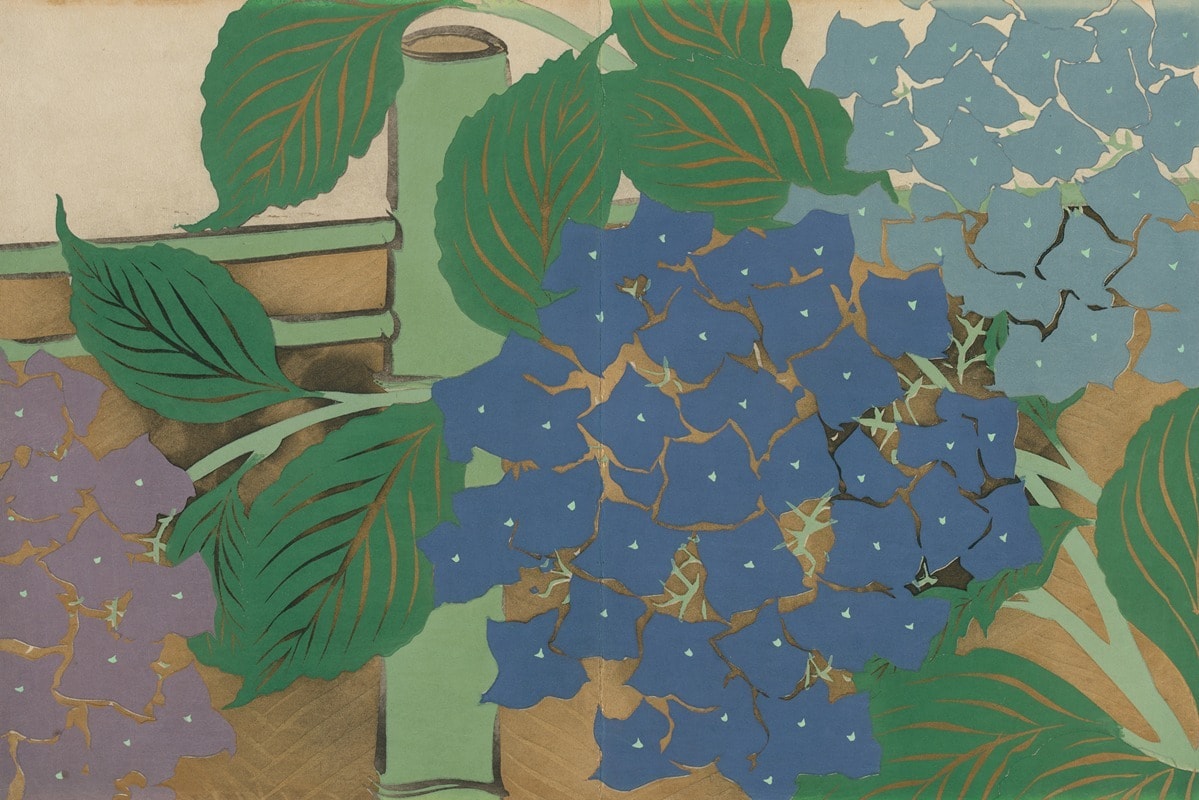

To find the best hydrangeas to plant in your garden, be sure to consult a local nursery for expert advice on varieties that thrive in your specific climate and soil conditions. Working with a reputable florist will ensure you receive high-quality cut hydrangeas that stay fresh and beautiful for as long as possible. We hope you enjoy your hydrangeas!








